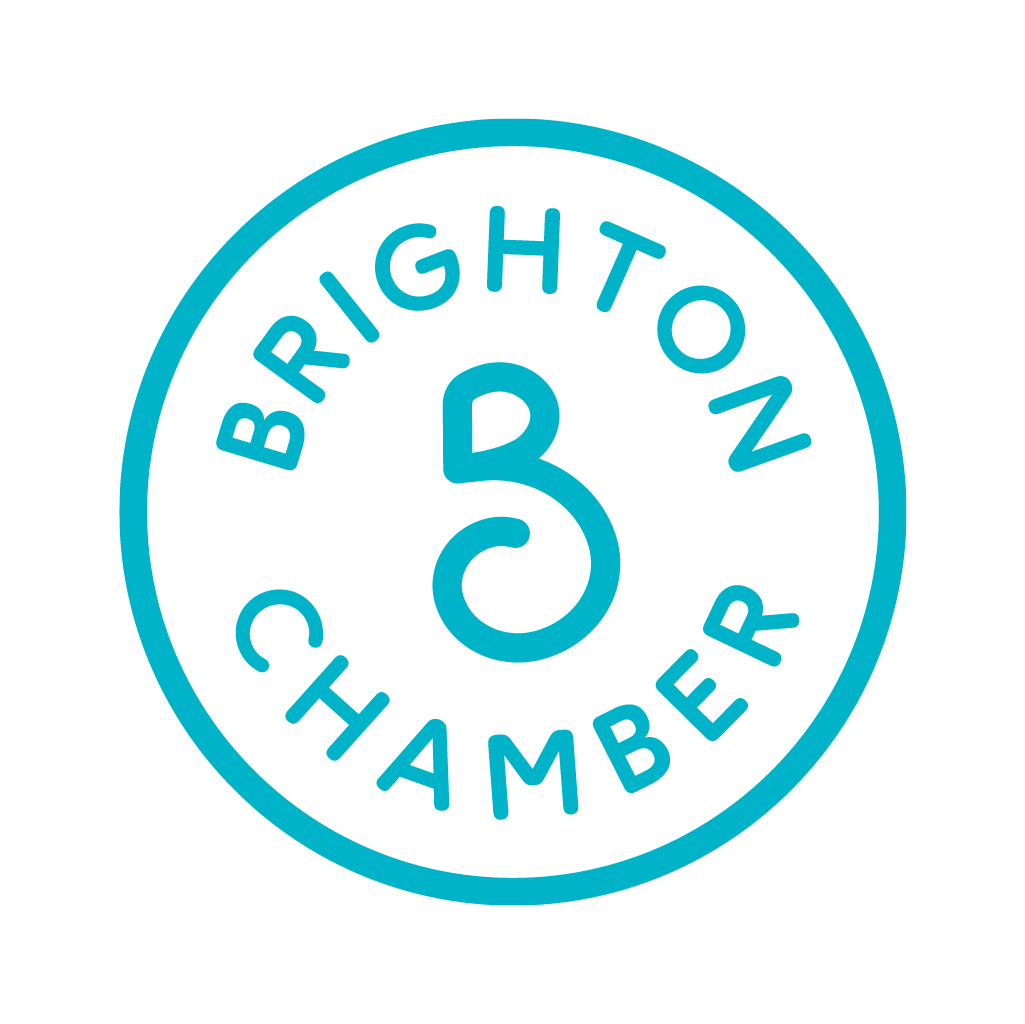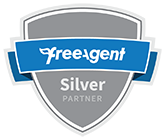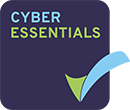Understanding Your Accounts – The Glossary
We’re accountants, so we know that understanding your accounts can be tricky. Here at Cardens, we strive to speak ‘plain English’, to explain and simplify everything for our clients.
We want you to be happy and assured that you know what we are talking about. To make things easier, we have drafted a blog on all the accountancy terms we think you will find useful, they should help you to understand your accounts a little bit better.
So here it is; an accounts glossary for you!
Accounting Policies- These highlight and detail the way specific items have been treated or presented in the accounts as required by the Financial Reporting Council.
Accrued Expenses- Costs of services you have had but where no invoice has yet been received. Normally this relates to the accountancy fee, utility services and bonuses.
Accrued income- Work completed but not yet billed to your customer
Administrative Costs- The cost of running your company, as opposed to the direct cost of selling your goods or services. For example telephone costs or your accounting fees.
Balance Sheet- A snap shot of the company at a given time, usually your year end. It shows the assets and liabilities of the company.
Capital Allowances- How the taxman deals with capital purchase. In the current tax year (2014/15) a company can claim up to £250k. Sadly cars are excluded from this allowance.
Capital and Shareholders’ Funds- The amount the company is worth.
Cost of Goods Sold- Costs that can be linked directly to a sale. For example: A company sells a table for £500 which cost £250 to either buy or make. This means that the £250 is your cost of goods sold. It therefore, helps the company work out the Gross Profit made per sale which is important as no company wishes to make a loss on selling its products.
Creditors- Money you owe your suppliers at your year end, for example where you have received goods but not paid the invoice.
Current Assets- Cash or things that can be turned into cash quickly like stock or outstanding sales invoices.
Deferred income- Work paid for upfront by your customer but not actually started by you
Deferred taxation- The difference between depreciation of fixed assets and the capital allowances applied (HMRC’s way of dealing with assets)
Depreciation- When part of the cost of your asset is written off to the profit and loss. This is because you’re deemed to use the asset over a longer period than a year. Therefore, the cost of the asset is split over these years.
Director’s Loan Account- This is the balance of funds taken out of the company by the director and the monies paid into the company.
Directors Remuneration- The total funds (excluding dividends) taken by a director. This can be wages, pension and bonuses.
Dividends- An issue of profit to the shareholders. Dividends can now be taxable even if you are a basic rate taxpayer.
Fixed Assets- Items (normally of high value) that the company uses day to day. For example computers, equipment, vans, cars, furniture and websites where the customer can purchase goods from.
Goodwill- The value above the amount paid for a purchase. For example, if you purchase a company that was set up after April 2002 this cost is also deductible for tax.
Intangible Assets- These are assets that the company holds of value that cannot be physically touched. For example, patents and goodwill.
Net Current Assets- The Company has more assets (Cash, stock and outstanding sales invoices) than money they owe to other people (creditors, bank overdraft)
Net Current Liabilities- The Company owes more in outstanding invoices and short term debt then it can generate from cash or outstanding sales. Sometime this is because the director has put in a large amount of funds/capital into the company.
Operating Profit- The actual money made once you have taken into account all your running costs.
Other Creditors- Other debts or money owed, typically this is made up of credit cards or loans from related parties.
Prepayments- Costs that are paid for up front, for example insurance.
Profit for the Financial- The money left for you to take out once all the costs
Year (including tax) have been paid.
Registered Office- Where your statutory documents are sent to and it doesn’t have to be your trading address.
Registered Number- The company personal reference number. You can use this to find your company details online at Companies House. For example filing deadlines, incorporation date, shareholders and more. You can also use Companies House online to update this information.
Related Parties- As with above this is a list of transactions regarding people or companies that are related to the company. This could be because two companies are under common control (the same shareholders and directors) or because the people are related to the director or are shareholders in their own right.
Report of Directors- This is a requirement for limited company accounts. Its shows who the directors are, including the dates of when the directors left or joined the company.
Retained profit brought Forward and carried Forward- Funds which have built up in the company. These can be either taken as a dividend or carried forward.
Share Capital- How the company is owned.
Social Security and Other Taxes – The amount of PAYE and National Insurance owed to HMRC.
Stock- Physical goods held for re sale, these are an asset. Stock held gets added back in the profit and loss and carried on to the following year. This has the effect of increasing the profits of the company.
Tax on Ordinary Activities- The tax which is due on your profits. It is important to point out that HMRC do adjust your Operating Profit in order to create a Taxable profit. This is because some of the costs are not allowable for tax. These are things like depreciation and entertainment. However, HMRC have its own way of accounting for your company assets so don’t panic.
Trading & Profit & Loss- This report details out the company’s trading over a defined period of time. The ‘profit and loss’ is a shortened report, where the ‘trading profit and loss’ gives you a detailed breakdown. Neither report is required in the abbreviated accounts that most companies place on public record.
Transactions with Directors- This is where transactions like a loan to/from the company, dividends and purchases/sales are listed for people to see.
Turnover- Your total sales for the trading period (usually a year), net of VAT if you are VAT registered
Ultimate controlling Party- The person(s) or company that controls the company – normally it’s the main shareholder









